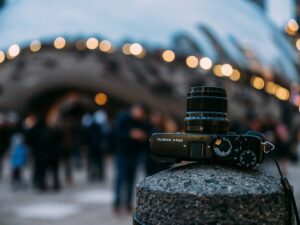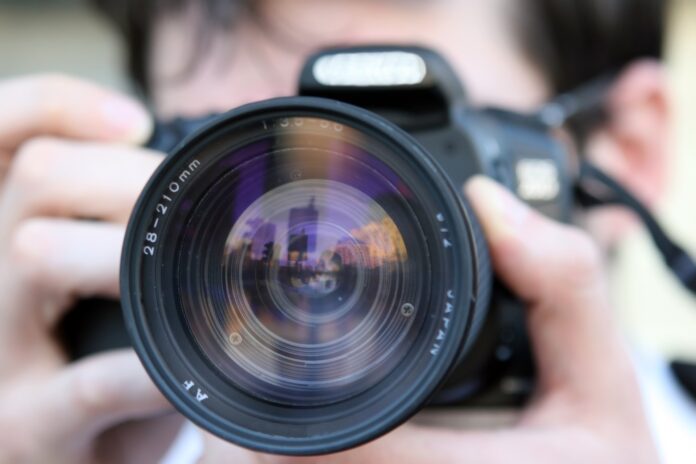In an era dominated by pocket-sized smartphones wielding impressive photographic capabilities, the trusty DSLR camera continues to stand tall as a beacon of unparalleled photographic artistry. While it’s true that smartphones have made photography accessible to the masses, the DSLR (Digital Single Lens Reflex) camera offers a world of features and creative potential that goes far beyond the capabilities of your average mobile device. Let’s dive into the distinctive features that set DSLR cameras apart, along with scenarios where each feature shines brightly.
1. Interchangeable Lenses: Crafting the Perfect Perspective
One of the most significant advantages of a DSLR camera is its ability to change lenses. This feature allows photographers to adapt to various shooting scenarios by choosing a lens that suits their creative vision. For instance, a wide-angle lens can capture breathtaking landscapes with an expansive view, while a macro lens can reveal intricate details in tiny subjects like flowers or insects. The power to swap lenses not only broadens the visual horizon but also empowers photographers to experiment with different styles and compositions.
2. Manual Control: The Art of Precision
Photography is an art form that demands control and precision. DSLR cameras offer full manual control over settings such as shutter speed, aperture, and ISO sensitivity. This level of control allows photographers to craft images with intentional motion blur, depth of field, and noise control, among other artistic effects. In low-light conditions, adjusting these settings can be the difference between capturing a grainy, underexposed image and a masterful piece bathed in stunning chiaroscuro.
3. Optical Viewfinder: Framing Reality as It Is
The optical viewfinder is a gem that DSLR cameras exclusively possess. Unlike the digital viewfinder or LCD screen on a smartphone, the optical viewfinder provides a direct optical path to the scene, allowing photographers to see the subject without any delay or digital intermediary. This feature is particularly invaluable in fast-paced situations, such as sports photography, where split-second decisions can mean the difference between capturing the perfect goal and a blur of motion.
4. Burst Mode and Shutter Lag: Seizing the Fleeting Moments

When speed and accuracy matter, DSLR cameras shine. While some phones claim to offer equivalent features, they currently do not come close to a classic DSLR. Burst mode, a feature that enables rapid consecutive shots, combined with minimal shutter lag, ensures that you capture fast-moving subjects with precision. Whether it’s a wildlife encounter or a child’s impromptu dance, DSLR cameras excel in preserving these fleeting moments with utmost clarity.
5. Advanced Autofocus: Nailing the Focal Point
DSLR cameras often incorporate advanced autofocus systems that swiftly lock onto subjects and track their movement, resulting in crisp and clear images even in dynamic scenes. This feature is particularly advantageous in events like weddings, where moments unfold spontaneously, and there’s no room for missed opportunities.
6. Depth of Field: Embracing Creative Focus
The ability to manipulate depth of field, a hallmark of DSLR cameras, allows photographers to command their viewers’ attention by selectively blurring backgrounds or foregrounds. This technique can isolate subjects and create a stunning three-dimensional effect, elevating portraits and giving them an ethereal quality.
7. RAW Image Format: Preserving the Palette of Reality
For photographers who desire the utmost control over post-processing, the RAW image format is a game-changer. DSLR cameras can capture images in RAW, a format that retains all the unprocessed data from the camera sensor. This provides photographers with unmatched flexibility in adjusting exposure, color balance, and other aspects during the editing process, preserving the image’s true essence.
In conclusion, while smartphones have transformed the way we capture and share moments, the DSLR camera continues to offer a treasure trove of features that cater to the discerning eye of a professional or hobbyist photographer. Whether it’s the ability to change lenses, exert manual control, or seize fleeting instances with minimal lag, DSLRs empower photographers to craft visual narratives that push the boundaries of creativity. So, as technology races forward, let’s not forget the enduring magic of DSLR cameras, always ready to unravel the unseen and paint life’s canvas with the hues of imagination.


